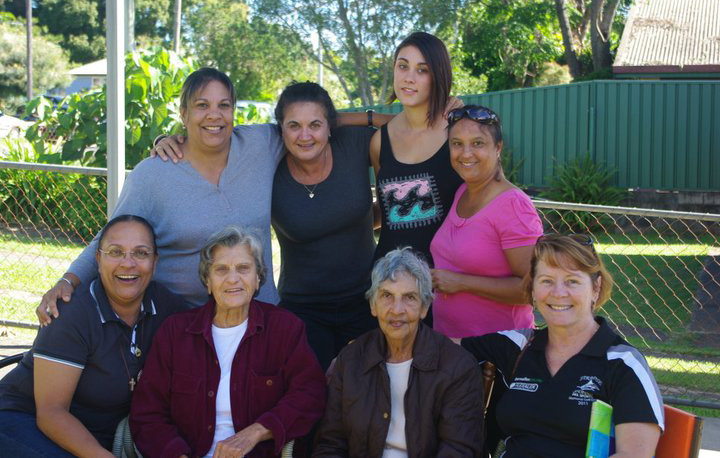
Marine Ethnoecologist/ Research Officer, Environment CSIRO
Pronouns: She/Her
Country: Quandamooka Country
Since 1910, the 8 March has been recognised and celebrated as International Women’s Day (IWD), with the UN officially recognising the day in 1975. Whilst it is a day meant to celebrate women, the everyday experiences of women differ based on race, ethnicity, class and other demographics.
Aboriginal women in Australia were subject to assimilation policies and unable to practise culture, speak their language or engage with each other. Many performed unpaid labour, lacked the agency to participate in colonial society, and up until the late 1960s Aboriginal people were not counted within the constitution as people living in Australia (including my own mother and grandmother).
Whilst they were never controlled under a ‘flora and fauna act’, they were treated worse than animals in many cases.
Aboriginal women living in Australia faced and continue to face systemic inequalities that are rooted in colonialism, racism, and sexism. I am far too often reminded of the stark differences in the way I was treated growing up once the reason for my easily browned skin and dark features was ‘discovered’.
In similar ways, Black, Indigenous and Women of Colour (BIPOC) have experienced systemic inequalities throughout their world experiences and despite these inequalities, their voices are often missing or very quiet during mainstream IWD events.
This begs the question, when we celebrate IWD are we celebrating it correctly if women who make up the intersectional communities within this demographic often feel excluded during this time? Personally, as a phenotypically ambiguous Aboriginal woman, IWD hasn’t meant a whole lot to me.
Over the years, the number of initiatives that have passed my ears or through my inbox to raise the profile and find solutions to gender inequality within science have not truly resonated with me, as someone who fits across several marginalised groups.
Whilst I see the importance of such days, many organisations, brands, and institutes are not aware they are excluding a whole group of women with minimal diversity represented across panels, advertisements, speeches, and other activities on the day. The intersectionality within women’s issues needs to be addressed.
Kimberlé Crenshaw first coined the term intersectionality in her 1989 paper, which addressed the experiences of both sexism and racism for Black women. It has been expanded by numerous academics to describe the simultaneous experiences of oppression and discrimination for individuals who hold multiple social identities; such is the case for Black women.
It is crucial for these issues to be addressed if days like IWD are to have significance moving forward. This means creating space and platforms to amplify the voices, stories, and experiences of BIPOC women, LGBTQ+ women, women with health conditions or impairments, and other groups during IWD events, but also beyond this and into our everyday lives.
Whilst days like IWD are an important reminder of the gender inequalities that still exist, and serve as a time to recognise the achievements of women, it should also extend beyond one day or week.
To do this means continual self-reflection, education and true allyship in these spaces. It means repeatedly challenging gender-based stereotypes in our professional and personal lives, supporting women-owned businesses, advocating for policies that support equality, and empowering the women in our lives.
To achieve true gender equality for all women, the experiences of BIPOC women need to be acknowledged and their voices uplifted, all year round.
For 2024 International Women’s Day, make sure you are empowering women from all backgrounds in your activities and use it as an opportunity to provide a platform to amplify traditionally marginalised voices to create awareness of the need for the wider recognition of intersectionality within feminism.
But until that day comes, I will continue to blast Thelma Plum’s Better in Blak and Homecoming Queen, and Sachém Parkin-Owens’ Glitter and Gold in the car when I need some inspiration to keep fighting.
© 2025 Australian Academy of Science